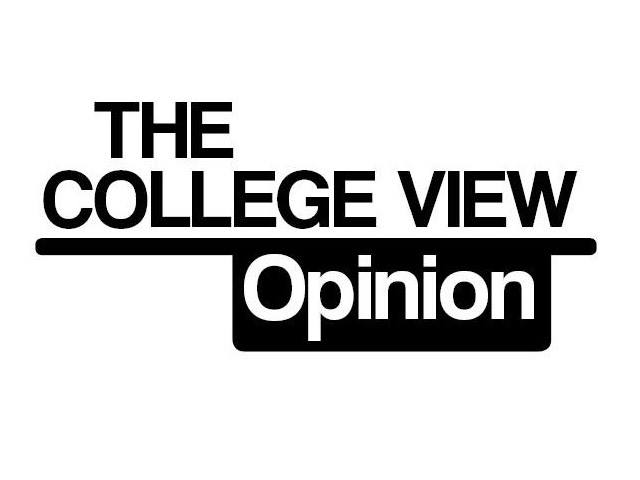
On March 18th I gathered a petition of 200 signatures of DCU students to prompt a referendum to ask whether students want to have the Labyrinth on their campus or not.
It is no easy task for one person to gather that number of signatures in one day, especially considering it was the day after the St. Patrick’s festivities. At the end of the day I was physically drained from the process. My mouth was parched from all the talking and my feet were swollen from all the walking. The gathering of this petition was a literal exercise in democracy.
The prime motivation for this referendum was to ensure that students were not divorced from having a voice on whether they want such a structure on their campus. I was surprised when The College View reported that this project was planned to go ahead for this semester. The original Labyrinth referendum (2012) regarding the Students’ Union donating €10,000 to the project saw students vote 67 per cent against, in the largest voter turnout in the history of DCU SU. This rejection at the ballot box at most showed that students had no confidence in the project or at the very least showed they had serious doubts. It is regrettable that the pursuance of this project went ahead without further consultation with the student body. It is for this reason that in Week 11 we will have a referendum to ask students whether or not they want the structure on their campus.
It has been my contention that the design of the labyrinth as proposed is a Christian symbol. While labyrinths can be dated back millennia to multiple ancient cultures, Christianity’s association with labyrinths can be dated back to 324AD. The labyrinth model proposed to be built on the DCU campus has a long standing association with the christian religion. This specific model is derived from the design featured in Chartes Cathedral when it was installed in 1201. This model is steeped in christian symbolism and even the model’s geometry is interlinked with a number of christian tenets.
This year at his address at the SU Class Rep Council the DCU President, Professor Brian MacCraith said that in the context of the merger of DCU with St. Patrick’s Drumcondra, Mater Dei Institute and the Church of Ireland College of Education into one entity, that it would hold secular values. A secular university is a positive thing as it does not undermine the religious freedoms of its individual students but ensures that those belonging to a faith or none do not feel excluded as the university does not endorse, over another, any specific faith. I believe that making a symbol of a specific religion a centerpiece of our campus goes against those values.
The merger process is a huge transformation for our university. After its completion, DCU will have two campuses; the Glasnevin campus and the Drumcondra campus. Due to the nature of its history, the St. Patrick’s Drumcondra campus and most of its buildings are soaked in religious symbolism. The reality is that the religious makeup of that campus is unlikely to change and that symbolism will be a feature on what is soon to be a DCU campus.
We have a choice to make. We can choose to preserve the Glasnevin campus as a secular one. A campus that is unadulterated by religious symbolism. A campus that does not value one religion above another or any religion above none. A campus that is respectful and inclusive in its design. On April 23rd and 24th I encourage you to log into Moodle and vote yes to keep our campus secular.
Sean Cassidy is a student activist in DCU and is campaigning for a yes vote in the upcoming Labyrinth referendum.




Leave a Reply